

Articles
How To Store Beans
Modified: January 9, 2024
Learn the best methods for storing beans to keep them fresh and flavorful in this comprehensive collection of articles.
(Many of the links in this article redirect to a specific reviewed product. Your purchase of these products through affiliate links helps to generate commission for Storables.com, at no extra cost. Learn more)
Introduction
Beans are a versatile and nutritious food, packed with essential nutrients and a great addition to any meal. Whether you love black beans, kidney beans, or chickpeas, properly storing your beans is crucial to maintain their freshness and flavor.
In this article, we will guide you on how to store beans to ensure they stay fresh for a long time. We will discuss different types of containers, suitable storage locations, and the steps you need to take to properly prepare and store beans. By following these guidelines, you can prolong the shelf life of your beans and avoid wasting food.
So, let’s dive into the world of bean storage and discover the best ways to keep your beans fresh and delicious!
Key Takeaways:
- Properly storing beans is crucial for maintaining their freshness and flavor. Choose the right container, select a suitable storage location, and follow proper cleaning and drying techniques to ensure your beans stay fresh for an extended period.
- Whether you opt for a pantry, refrigerator, or freezer, there are effective methods for storing beans. Regularly check for spoilage, follow additional tips for optimal storage, and enjoy your favorite beans in meals for an extended period.
Read more: How To Store Espresso Beans
Choosing the Right Container
When it comes to storing beans, selecting the right container is essential for preserving their quality and taste. Here are a few options to consider:
- Glass jars: Glass jars are an excellent choice for storing beans. They are airtight and moisture-resistant, which helps to keep the beans fresh. Mason jars or any airtight glass containers with a rubber seal are ideal.
- Plastic containers: If you choose to use plastic containers, opt for ones that are BPA-free and have a tight-fitting lid. Make sure the container is clean and free from any lingering odors that could affect the flavor of the beans.
- Ziplock bags: Ziplock bags are a convenient option for storing beans. Ensure that the bags are high-quality and can provide a tight seal to prevent moisture and air from getting in.
- Vacuum-sealed bags: Vacuum-sealed bags are an excellent choice for long-term storage. They remove the air from the bag, extending the shelf life of the beans. However, this method requires a vacuum sealer machine.
Regardless of the container you choose, it’s important to ensure that it is clean and dry before storing the beans. Any moisture or residue can lead to spoilage or the growth of mold and bacteria.
Remember, the container should be large enough to hold the amount of beans you plan to store, with a little extra space to allow for expansion. Avoid overfilling the container, as the beans may compress and become prone to mold growth.
Now that you have chosen the right container, let’s move on to the next step: selecting the best location for storing your beans.
Selecting the Best Location
Where you store your beans is just as important as the container you choose. Here are some key factors to consider when selecting the best location:
- Cool and dry: Beans should be stored in a cool and dry place. Avoid exposing them to direct sunlight or areas with high humidity, as this can cause the beans to spoil or develop mold.
- Away from heat sources: Keep your beans away from heat sources such as stoves, ovens, or heaters. Excessive heat can accelerate the deterioration of the beans and shorten their shelf life.
- Airtight container: Ensure that the storage location is airtight or has minimal air circulation. Oxygen exposure can lead to oxidation and spoilage of the beans.
- Avoid strong odors: Beans have a tendency to absorb strong odors, so it’s important to store them away from pungent substances like spices, onions, or cleaning products. This will help maintain the natural flavor of the beans.
- Pest-free area: Beans can be attractive to pests such as weevils or moths. Prevent infestations by storing your beans in a pest-free area, away from other food sources and potential entry points for pests.
Some ideal storage locations for beans include a pantry, a kitchen cabinet, or a dedicated storage area. These places typically provide the right balance of cool temperature and low humidity.
If you live in an area with high humidity or where temperatures fluctuate significantly, you may consider storing your beans in a climate-controlled environment, such as a cellar or basement.
Now that you know the best locations for storing your beans, let’s move on to the next step: cleaning and drying the beans before storage.
Cleaning and Drying Beans
Before you store your beans, it’s important to clean and dry them properly. Here’s how you can do it:
- Sort and remove debris: Spread out your beans on a clean surface and sort through them to remove any debris, such as stones or twigs.
- Rinse the beans: Rinse the beans under cold running water to remove any dirt or dust. You can use a colander or sieve for this step.
- Soak the beans: For certain types of beans like kidney beans or chickpeas, soaking is recommended to soften them. Place the beans in a bowl and cover them with enough water. Let them soak for the recommended time (usually around 8-12 hours or overnight).
- Drain and rinse: After soaking, drain the water and rinse the beans thoroughly to remove any residual soaking liquid or starch.
- Dry the beans: Spread the beans on a clean towel or paper towels and pat them dry gently. Allow them to air dry completely before storing to prevent any moisture buildup.
It’s important to note that some beans, like lentils or split peas, do not require soaking. Always refer to the specific instructions for the type of beans you are working with to determine if soaking is necessary.
By cleaning and drying your beans before storage, you can remove any impurities and ensure that they are in the best condition for long-term storage.
Now that your beans are clean and dry, let’s move on to the next step: preparing them for storage.
Preparing Beans for Storage
Properly preparing your beans for storage is crucial to maintain their freshness and extend their shelf life. Here are some steps to follow:
- Cooling: After cleaning and drying the beans, allow them to cool completely. Storing warm or hot beans can create condensation and moisture inside the storage container, leading to spoilage.
- Labeling: Before you store your beans, it’s a good idea to label the container with the type of beans and the date of storage. This will help you keep track of their freshness and ensure you use the oldest beans first.
- Divide into portions: If you have a large quantity of beans, consider dividing them into smaller portions for easier access and to minimize exposure to air and moisture. This way, you can open and use only what you need, keeping the rest sealed and fresh.
- Removing excess air: If using a container with a lid, press down gently to remove excess air before sealing. This will help reduce oxidation and maintain the quality of the beans.
- Adding desiccants (optional): To further prevent moisture buildup, you can add desiccant packs or dry rice to the container before sealing. These absorb moisture and help keep the beans dry.
By taking these steps to prepare your beans for storage, you are ensuring that they are in the best condition to retain their flavor, texture, and nutritional value.
Now that your beans are properly prepared, let’s explore different storage options and techniques.
Read more: How To Store A Bean Bag
Storing Beans in a Pantry
A pantry is a convenient and accessible storage option for beans, especially if you have a well-ventilated and cool pantry. Follow these steps to store your beans in a pantry:
- Choose airtight containers: Transfer your cleaned and dried beans into airtight containers, such as glass jars or plastic containers with tight-fitting lids. Ensure that the containers are clean and dry before adding the beans.
- Label and organize: Label the containers with the type of beans and the date of storage. This will help you keep track of their freshness. Organize the containers in a way that makes it easy to find and access the beans.
- Store in a cool area: Place the containers in a cool area of your pantry, away from direct sunlight or heat sources. The temperature should ideally be between 60°F and 70°F (15°C and 21°C).
- Monitor for spoilage: Regularly check the beans for any signs of spoilage, such as mold or off-putting smells. If you notice any issues, discard the affected beans and inspect the remaining ones for potential contamination.
- Rotate and use within the recommended timeframe: Beans stored in a pantry can stay fresh for up to 1-2 years, depending on the type. To ensure maximum freshness and taste, try to rotate your stock and use the oldest beans first.
Storing beans in a pantry allows for easy access while maintaining a controlled environment that is away from light, heat, and excessive moisture.
In the next section, we will explore an alternative storage option for beans – the refrigerator.
Store dried beans in an airtight container in a cool, dark place to maintain their freshness. Avoid storing them in a humid environment, as this can lead to mold growth.
Storing Beans in the Refrigerator
While a pantry is a popular choice for storing beans, the refrigerator can also be a viable option, especially in warmer climates or if you live in an area with high humidity. Follow these steps to store your beans in the refrigerator:
- Choose airtight containers: Transfer your cleaned and dried beans into airtight containers, such as glass jars or resealable plastic bags. Make sure the containers are clean and dry before adding the beans.
- Label and date: Label the containers with the type of beans and the date of storage. This will help you keep track of their freshness and know when to use them.
- Store in the crisper drawer: Place the containers of beans in the crisper drawer of your refrigerator. The cool temperature and controlled humidity of the drawer help in preserving the quality of the beans.
- Keep away from strong odors: Avoid storing the beans near foods with strong odors, as beans can absorb these flavors easily. Place them in a separate section of the refrigerator or use odor-neutralizing sachets.
- Use within a reasonable timeframe: While refrigeration can help extend the shelf life of beans, it is still recommended to use them within a few months for optimal quality and taste.
It’s important to note that refrigeration may alter the texture of some beans, making them slightly harder. However, this won’t affect the taste or nutritional value.
If you choose to store beans in the refrigerator, ensure that the temperature is consistent and set between 35°F and 40°F (1.7°C and 4.4°C). This will help maintain the freshness of the beans and prolong their shelf life.
In the next section, we will explore another storage option for beans – the freezer.
Storing Beans in the Freezer
Freezing beans is an excellent way to extend their shelf life, allowing you to store them for several months without compromising their taste or texture. Here’s how you can store beans in the freezer:
- Prepare the beans: Clean and dry the beans thoroughly. If required, soak and cook them according to the specific instructions for the type of beans you are working with.
- Cool the beans: Allow the cooked beans to cool completely before freezing. Cooling them prevents condensation, which can lead to freezer burn.
- Portion the beans: Divide the cooked beans into portion sizes that you are likely to use at one time. This will make it easier to thaw and use only the needed amount, preventing frequent freezing and thawing.
- Place in freezer-safe containers: Transfer the portioned beans into freezer-safe containers or resealable freezer bags. Remove as much air as possible from the bags before sealing.
- Label and date: Label the containers or bags with the type of beans and the date of freezing. This will help you keep track of their freshness.
- Freeze: Place the containers or bags of beans in the freezer. Make sure to stack them neatly to optimize space.
- Thawing and using frozen beans: When you want to use the frozen beans, simply transfer them to the refrigerator and let them thaw overnight. Alternatively, you can thaw beans in the microwave or add them directly to soups or stews when cooking.
- Use within recommended timeframe: While frozen beans can retain their quality for up to 6 to 8 months, it is best to use them within 3 to 4 months for the best flavor and texture.
Freezing beans allows you to preserve their freshness, nutritional value, and texture for an extended period. It is a convenient option if you want to store a large batch of beans or if you anticipate not using them within a short period of time.
Now that you know how to store beans in the freezer, let’s move on to the next section: checking for spoilage.
Checking for Spoilage
Regularly checking your stored beans for spoilage is essential to ensure that they are safe to consume and maintain their quality. Here are some indicators to look for:
- Mold: Inspect the beans for any signs of mold growth. Mold can appear as fuzzy spots or discoloration on the beans. If you notice mold, discard the affected beans immediately, as consuming moldy beans can lead to health issues.
- Off-putting smell: If you detect any unusual or unpleasant odors coming from the beans, it could be a sign of spoilage. Fresh beans should not have a strong, rancid, or sour smell.
- Texture: Check the texture of the beans. If they appear mushy, slimy, or have an abnormal texture, it is an indication that they have started to deteriorate and should be discarded.
- Presence of pests: Inspect the stored beans for any signs of insect infestation, such as weevils or moths. If you notice any live pests or their eggs, it is best to dispose of the affected beans and take preventive measures to avoid future infestations.
- Taste: If you have any doubts about the quality or taste of the beans, it’s always better to err on the side of caution and avoid consuming them.
Regularly checking your stored beans and promptly removing any spoiled or contaminated beans will help ensure that the rest of your stored batch remains fresh and safe to eat.
In the next section, we will provide you with some additional tips for storing beans effectively.
Read more: How To Store String Beans
Tips for Storing Beans Effectively
To maximize the shelf life and maintain the quality of your stored beans, here are some additional tips to keep in mind:
- Avoid moisture: Moisture is the enemy when it comes to storing beans. Make sure the beans are completely dry before storing them, and choose a storage location with low humidity to prevent spoilage.
- Avoid excessive heat: High temperatures can accelerate the deterioration of beans. Keep them away from heat sources like stoves, ovens, or direct sunlight.
- Don’t mix old and new beans: Avoid mixing newly purchased beans with older ones. Instead, use up the older batch first to ensure freshness.
- Consider oxygen absorbers: To further prevent oxidation and maintain the quality of stored beans, you can use oxygen absorbers in the containers. These help remove oxygen, which can lead to the growth of bacteria or spoilage.
- Take note of shelf life: Different types of beans have varying shelf lives. Refer to the packaging or manufacturer’s instructions for specific recommendations on how long the beans can be stored.
- Opt for whole beans: Whole beans tend to have a longer shelf life compared to pre-cooked or canned beans. If possible, store whole beans and cook them as needed to maintain freshness.
- Store in smaller quantities: If you have a large amount of beans, consider storing them in smaller quantities. This way, you only open and expose a portion of the beans to air and moisture while keeping the rest securely sealed.
- Regularly clean storage containers: Clean your storage containers regularly to remove any residue or contaminants that could impact the quality and taste of the beans. Wash them with warm soapy water and ensure they are thoroughly dried before using them again.
By following these tips, you can ensure that your beans remain fresh, flavorful, and safe to consume over an extended period.
Let’s conclude with a summary of what we have discussed in this article.
Conclusion
Properly storing beans is key to keeping them fresh, flavorful, and nutritious for an extended period. By following the guidelines outlined in this article, you can effectively store your beans and avoid unnecessary waste. Here’s a recap of the key points we covered:
Choosing the right container is important to maintain the quality of your beans. Opt for airtight glass jars, plastic containers, or ziplock bags to keep out moisture and air.
Selecting the best storage location is crucial. A cool, dry area such as a pantry or kitchen cabinet is ideal. Keep the beans away from heat sources, strong odors, and pests.
Cleaning and drying the beans before storage ensures that they are free from debris and moisture, reducing the risk of spoilage. Soak and cook the beans if required, and let them cool completely before storing.
Preparing the beans for storage involves labeling, dividing into portions, and removing excess air from the storage containers. Additionally, adding desiccants can help prevent moisture buildup.
If you choose to store your beans in a pantry, make sure to use airtight containers, monitor for spoilage, and rotate your stock to use the oldest beans first.
The refrigerator can be an alternative storage option, especially in warmer climates or high humidity areas. Use airtight containers, keep away from strong odors, and use the beans within a reasonable timeframe.
Freezing beans is a great way to extend their shelf life. Cool the cooked beans, portion them out, and place them in freezer-safe containers or bags. Label and date them for easy identification. Thaw the beans in the refrigerator before use.
Regularly checking for spoilage, such as mold, off-putting smells, or texture changes, is important to ensure the beans are safe to consume. Dispose of any spoiled beans promptly.
Lastly, incorporating additional tips like avoiding moisture and excessive heat, using oxygen absorbers, and storing in smaller quantities can further enhance the effectiveness of bean storage.
By following these guidelines and tips, you can confidently store your beans and enjoy their freshness and flavor in your meals for an extended period.
So go ahead, stock up on your favorite beans, and ensure they are properly stored for long-lasting enjoyment!
Frequently Asked Questions about How To Store Beans
Was this page helpful?
At Storables.com, we guarantee accurate and reliable information. Our content, validated by Expert Board Contributors, is crafted following stringent Editorial Policies. We're committed to providing you with well-researched, expert-backed insights for all your informational needs.

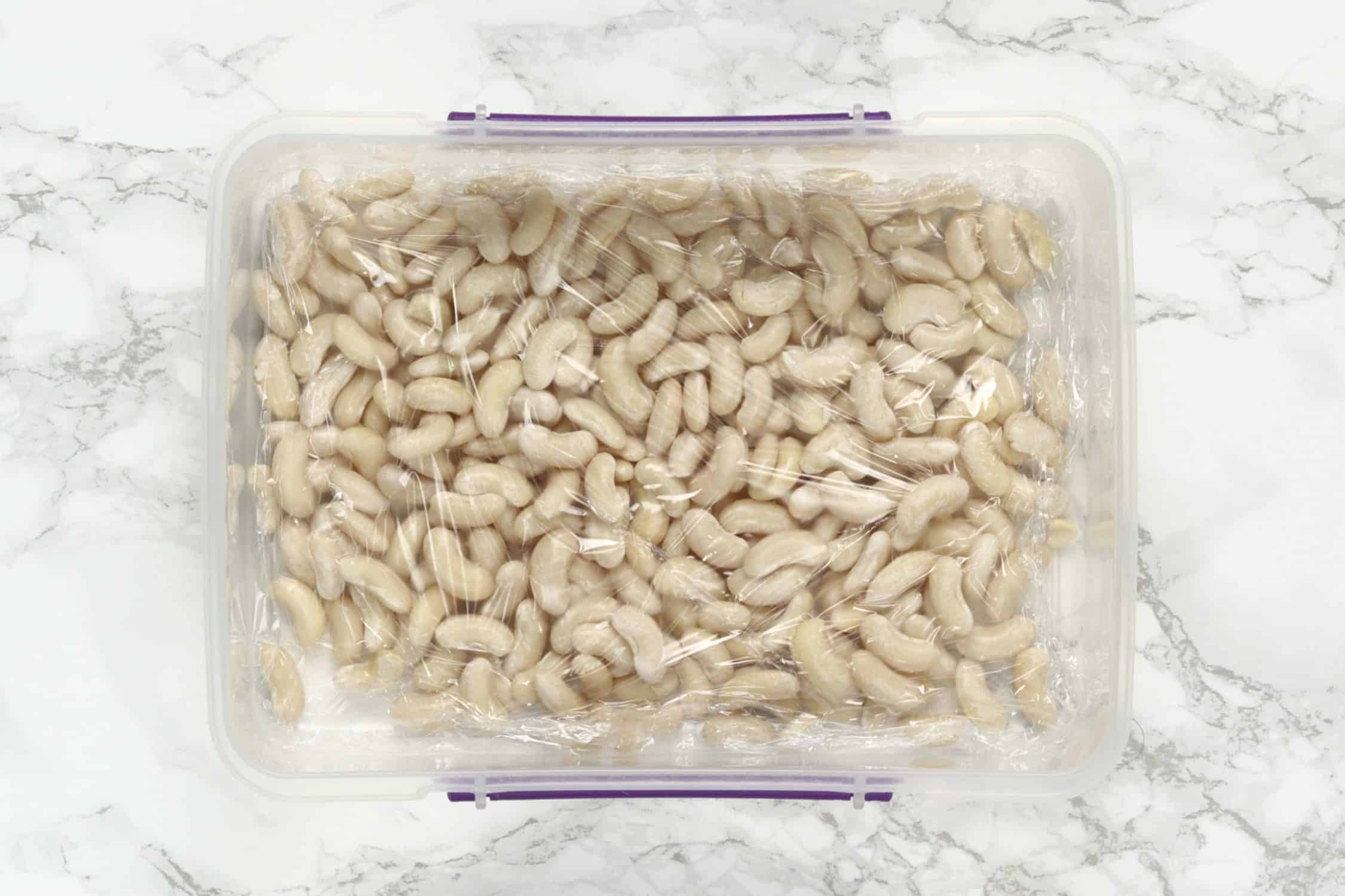


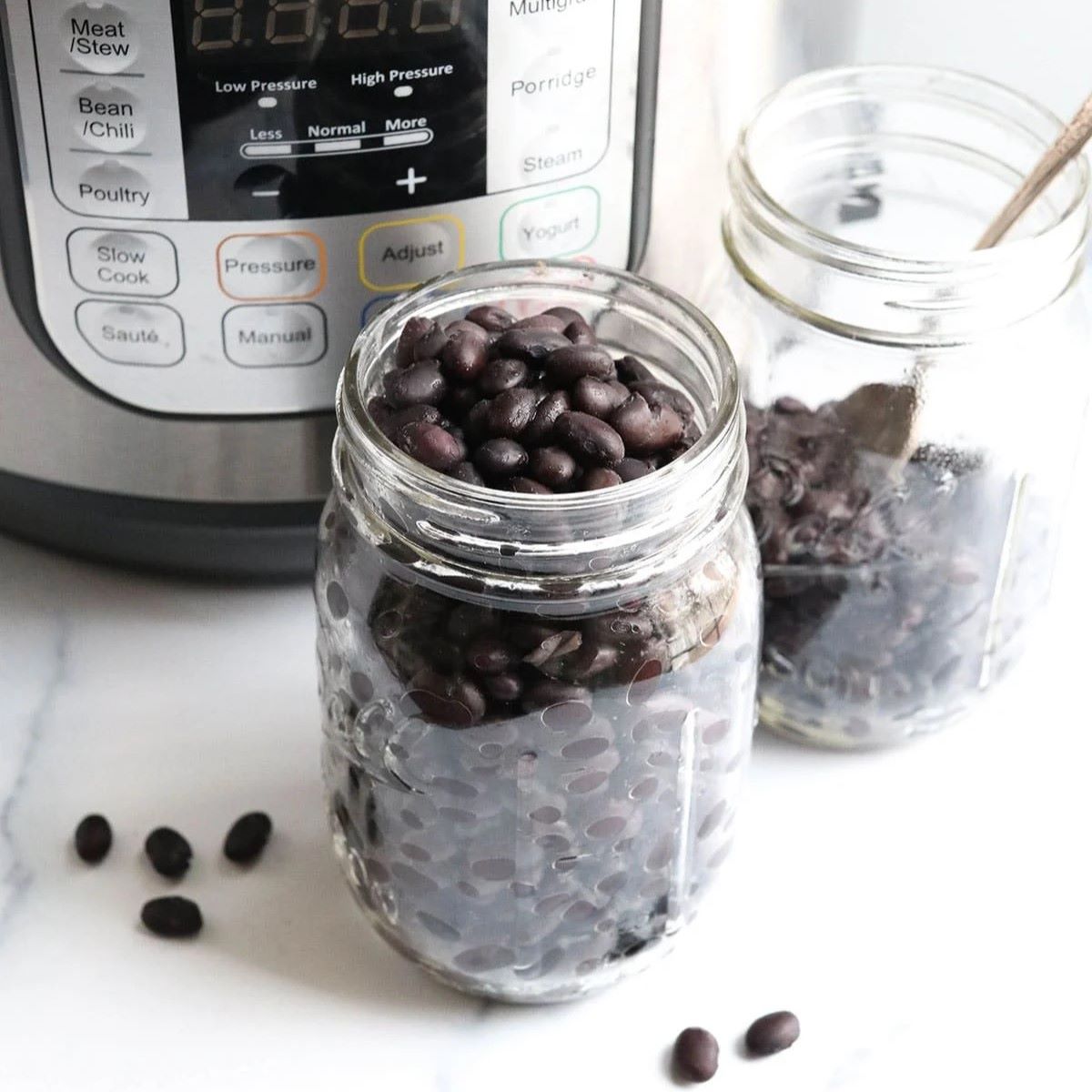
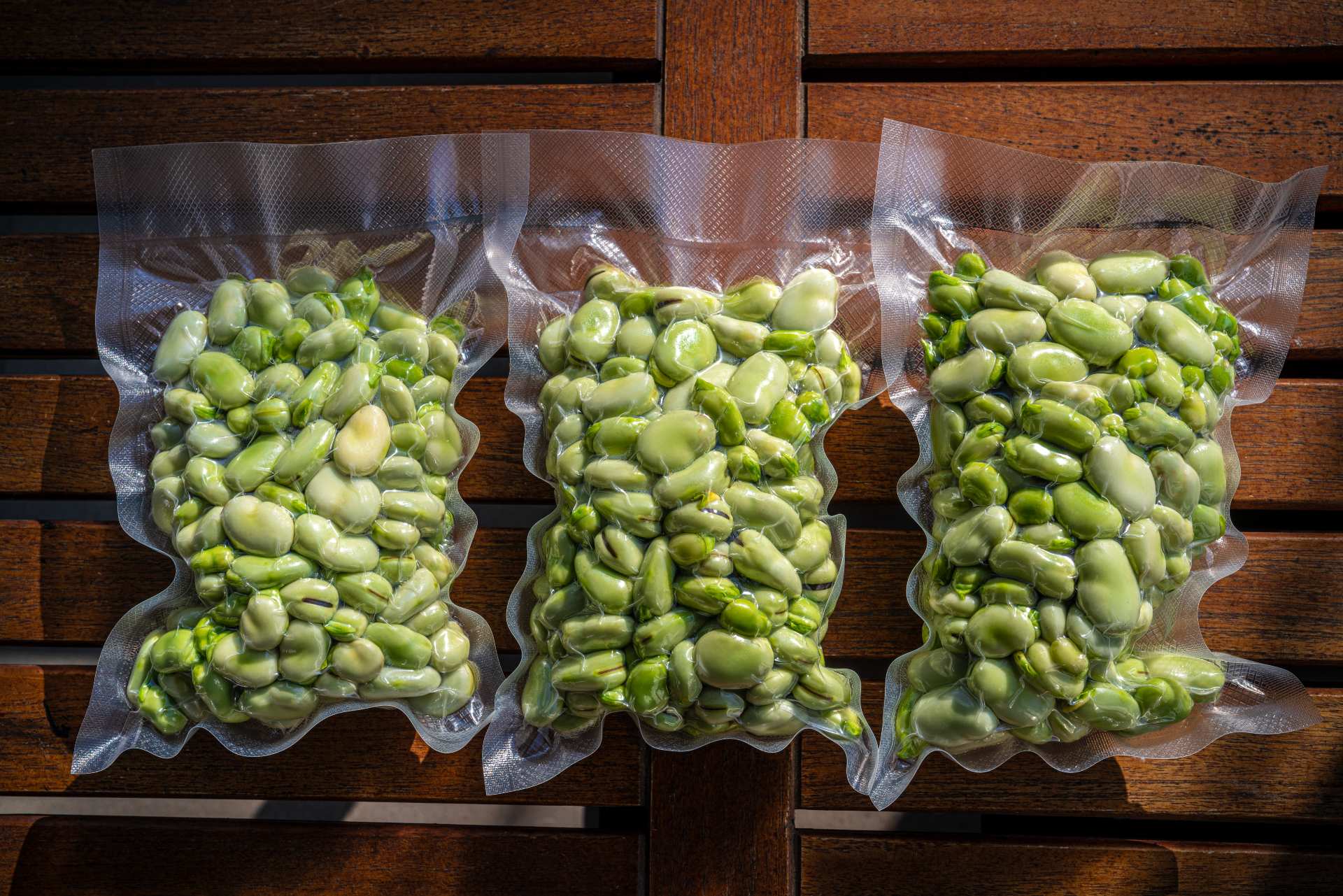
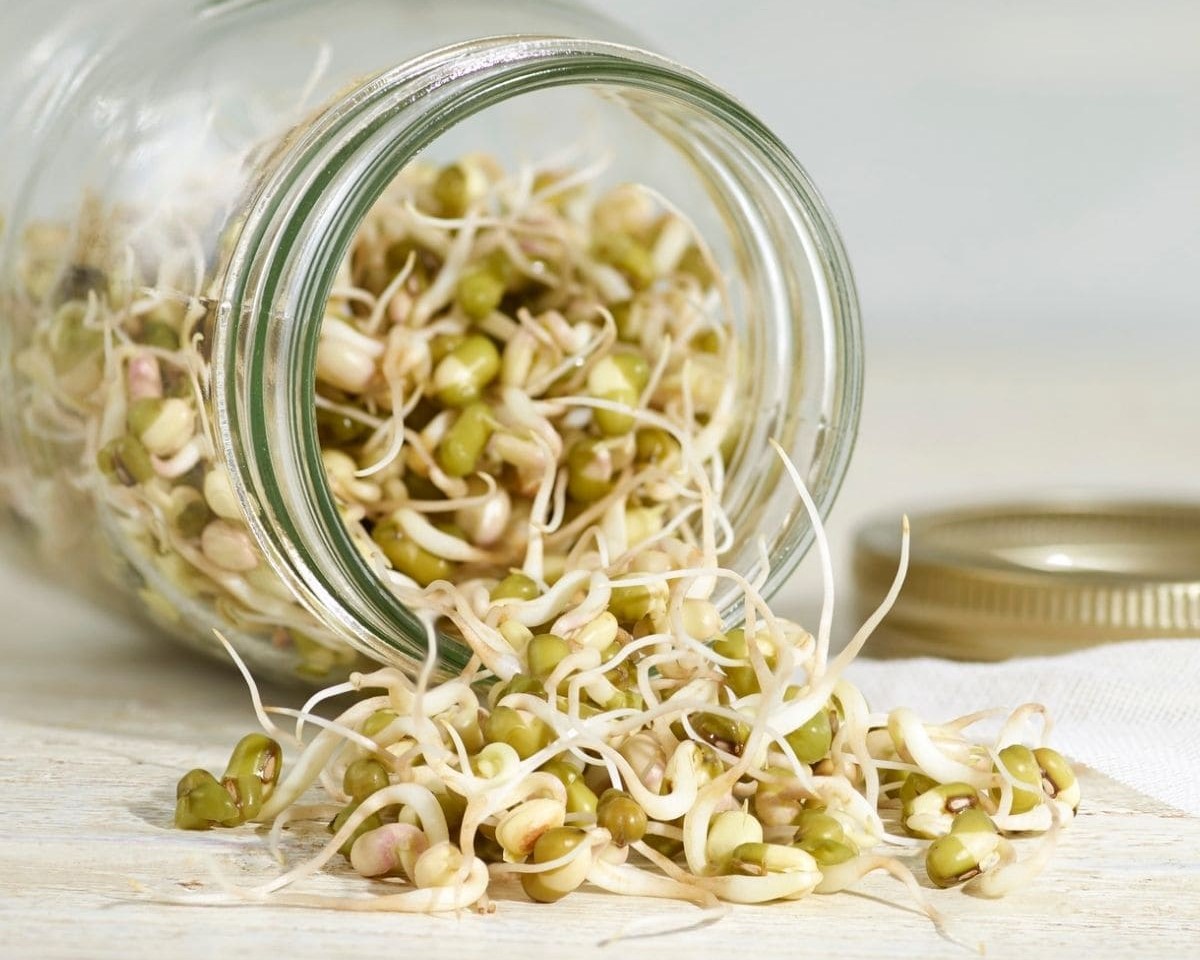



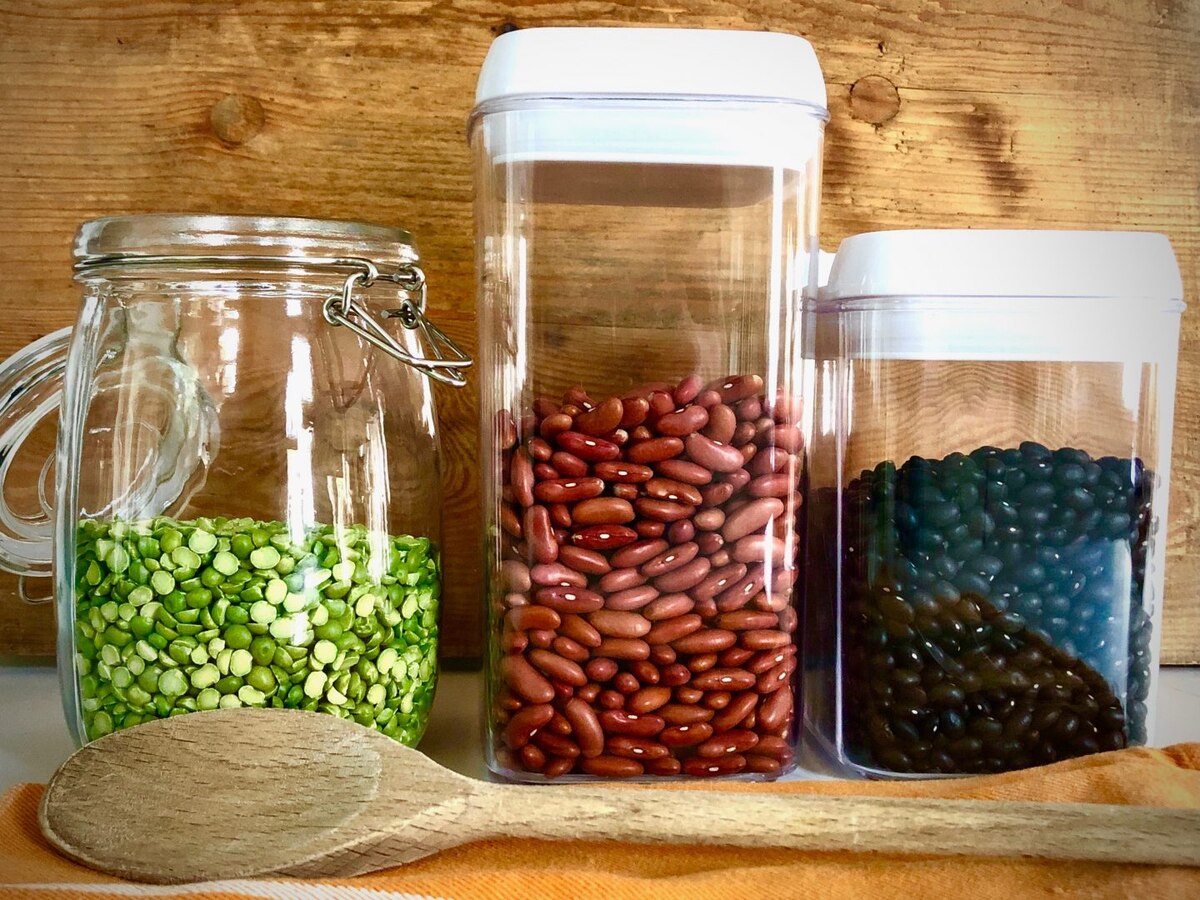

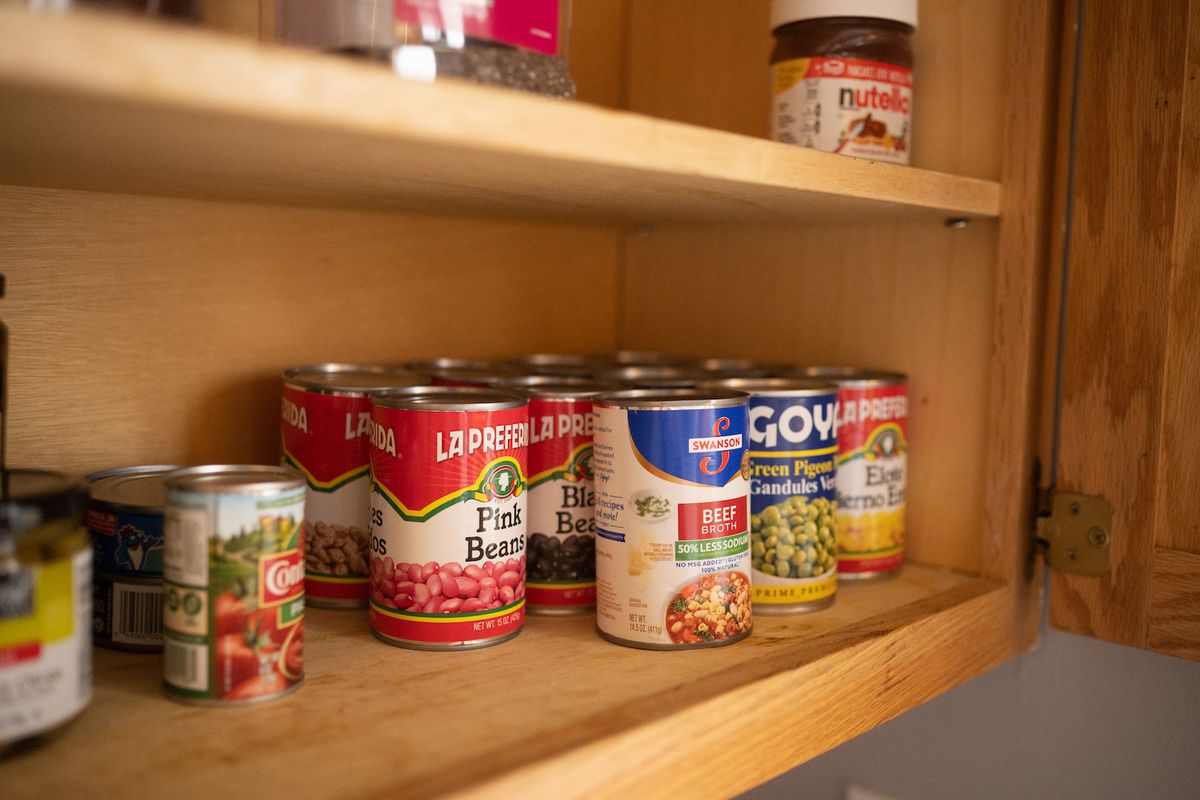

0 thoughts on “How To Store Beans”